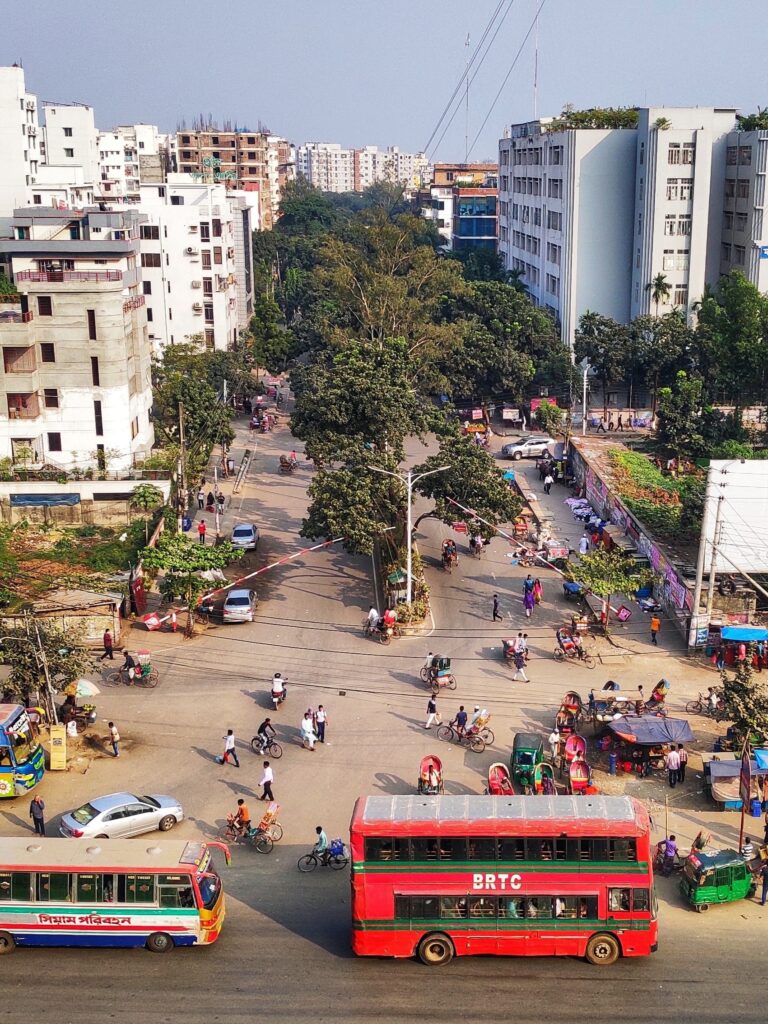Publication from the AllianceAuthor: Saif Shahrukh, Shahid Akhtar Hossain, Muhammad Nurul Huda, Mohammad Moniruzzaman, Md. Mominul Islam, Md. Aftab Ali Shaikh, Mohammad Enayet Hossain
Year of publication: 2023
Trees in urban forests are able to better air quality by removing particulate matter (PM) from the atmosphere through the accumulation of particles on their leaf surfaces. When exposed to air pollutants, the physiology, morphology, and biochemistry of a plant may be affected, which will result in alterations to that plant’s function and growth. In this study, we assessed, for the first time, the tolerance or sensitivity of four evergreen trees (Ficus benghalensis, Ficus religiosa, Mangifera indica, and Polyalthia longifolia) towards air pollution by employing several indices. The trees, which are commonly grown along the roadside in Dhaka, Bangladesh, were evaluated by using the air pollution tolerance index (APTI), the anticipated performance index (API), and the metal accumulation index (MAI). The deposition of four heavy metals (Cd, Cr, Pb, and Ni) on the leaves of four aforementioned tree species was studied employing ICP-MS, and subsequently, a predictive foliar MAI was created. APTI values of the studied plants varied from 10.31 to 12.51 implying that they were either intermediately tolerant or sensitive. A significantly strong positive correlation was obtained between APTI and relative water content (RWC) (r = 0.864; p < 0.001) and between APTI and ascorbic acid content (AAC) (r = 0.748; p < 0.01). The API revealed M. indica as a good performer, which maintained the highest score (68.75%) among the tree species irrespective of different sites. The Pb concentrations were anomalously high in the atmosphere of Dhaka, suggesting its anthropogenic origin. A significant (r = 0.722; p < 0.01) relationship was found between Cd and Pb indicating their common origin. Among the species, F. benghalensis had the highest MAI value (13.60). The MAI value was found to have a significant association with pH, AAC, and total chlorophyll content. Based on APTI, API, and MAI values, the most suitable plant species for urban forest development was identified to be M. indica followed by F. benghalensis and F. religiosa.
Read more
